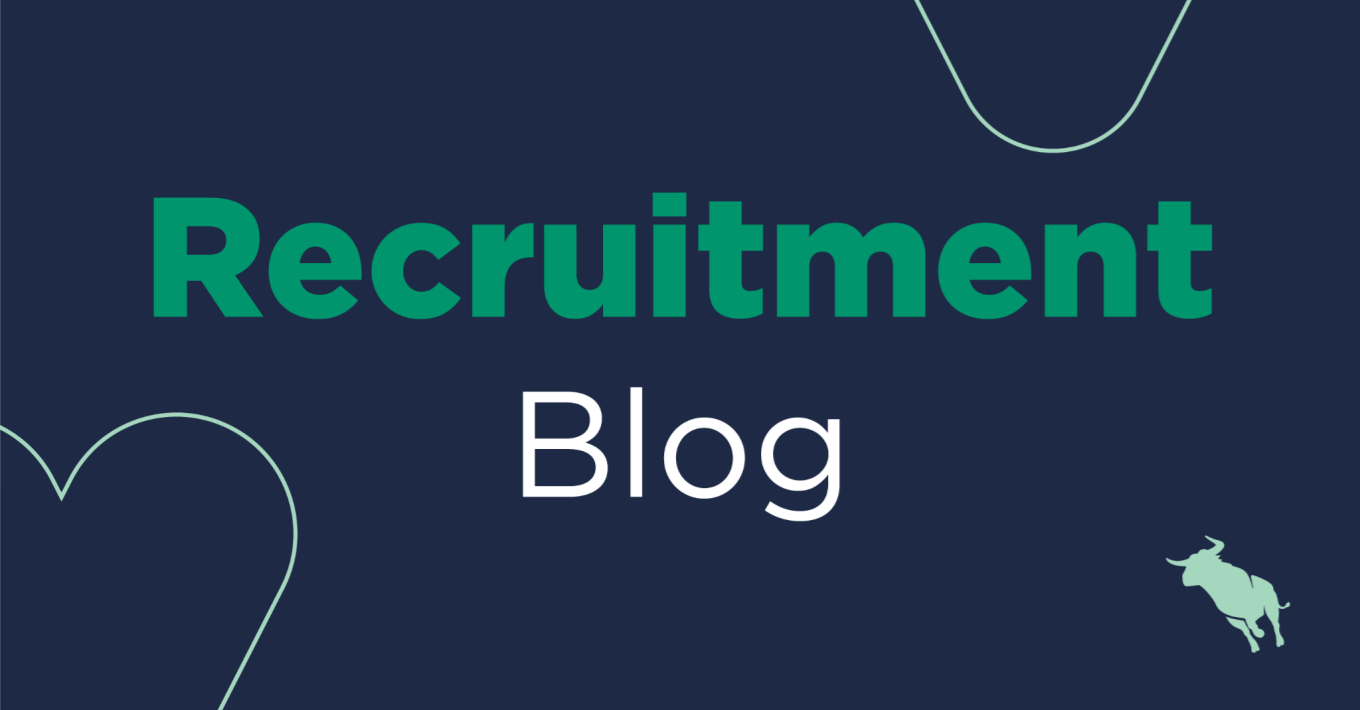Could This Be the GDPR Antidote for Recruiters?: Webinar Recap

Recruitment leaders investing in new technology for their businesses aren’t simply buying a handy tool, they’re investing in the future of their growing staffing companies too! But how can we ensure that the purchase delivers and doesn’t just become a data-comfort-blanket supported by expensive third-party systems? Lisa Jones of Barclay Jones, and Andy Ingham of Bullhorn recently explored this during a live webinar, and have some key takeaways for recruitment CRM RoI. Plus some ideas for GDPR safety. You can watch the recorded webinar here, and read a recap below:
Recruitment CRM Is Never Just About the Purchase
As a leader buying recruiting software, you’re also investing in the improved cost of hire and cash flow, the speed of delivery, happy and retained staff, loyal clients, and relevant, placeable candidates.
But, with all of the “kit” available today how can you ensure that your recruitment CRM is “first to use” to help your teams with their three C’s – candidates, client, consultants? And how can you ensure that you only buy the extra third-party apps, licences and systems that you genuinely need?
Is Your Recruitment CRM the Antidote to GDPR?
With GDPR being a serious – and what may feel like a disabling – factor in your workflow, your CRM has never been more critical and the data in it has never been more precious, but it is worth considering whether there is a disconnect between your data and your processes.
76 per cent of the marketers we polled last year admitted to not having viable access to their CRM, and recruiters we spoke to revealed that 80 per cent of the placements they made in 2017 were on their system all along (but sourced for the placed vacancy from a third party system). This is definitely not the CRM first approach required to make the most of the three C’s – unsurprising given that GDPR created panic, and data became a curse.
Yet, there is a lot of talk online that suggests data is, in fact, the opposite of a curse. That great data should enable recruiters to source and sell, managers to manage, directors or owners to drive and direct, and businesses to grow. And best of all? That data could already be in your CRM. But is the average recruitment business using their data to make data-driven decisions?
According to a recent survey, over 50 per cent of staffing companies were not making decisions based on data. There is a perception that there are talent shortages, and this – coupled with too many systems and not enough processes – causes stress. This suggests tells me that either the data on your recruitment CRM is not fit for purpose, or perhaps the process and the perception of your technology is the issue. So we must wonder if this is the case, what they are basing their decisions on?
A Simple Formula for Recruiters Who Need Data
If you want to know how much data you need to fuel your recruitment engine, ask yourself some simple questions:
- How many candidates does the average recruiter need?
- How many contacts does your average recruiter need?
- How much data does your marketing function need to nurture so your recruiters can focus on converting real candidates and clients?
- What systems and processes does your marketer have for nurturing and spotting talent or leads? Their job is to generate MQLs (marketing qualified leads) and relevant talent for jobs.
Too Much Data, Not Enough Candidates?
Many recruitment businesses suffer from too much data, not enough candidates (or clients). So, try this simple data segmentation trick, or data layers “hack”:
- What data do you want in the future? Decide and communicate this to your recruiters and marketers, and build processes to ensure that you not only attract this data but that you convert it and get it bought into you! Ideally get it to “subscribe” to you.
- What data has you “billed and placed” Who have you placed? Who have you invoiced? Perhaps in the last 3 years? Hopefully, these people are happy to hear from you and be retained by you. Again, communicate this to your business and build processes to nurture and retain.
- What data have you not quite converted but wish you had? Is it yesterday’s dormant data? If you didn’t place or invoice it, look for it and get your marketers on the case to help you convert up a layer!
- Your FOMO (fear of missing out) data? This is likely to be your biggest layer. This is a tricky, sticky, down at the earth’s core layer. It should be way down your list of data to source from. It’s data you have been collecting for years, but that you have not really used. It’s likely to be massively disruptive if you get your recruiters accessing it and likely to set off GDPR alarms. I’d suggest you leave it well alone, and / or get your marketers to gently “poke” it to see if it could be promoted up a layer and so on.
Takeaways for Leaders Who Want to Fuel Their Recruitment Businesses
- Your CRM will only work if you have data to fuel it
- Your data is only worth something if you have segmented it and have processes to mine it, refine it, and place / invoice it.
- Segment your data and have a workflow which includes sales and marketing to nurture, convert and retain.
These takeaways will help to create a GDPR proof, sustainable CRM system that your three C’s (candidates, clients, and consultants) will want to be on and use.
If you’re excited about keeping on top of recruitment industry trends and insights then you’re in luck! Engage London 2018 is just around the corner, why not register your interest and save a place today.





